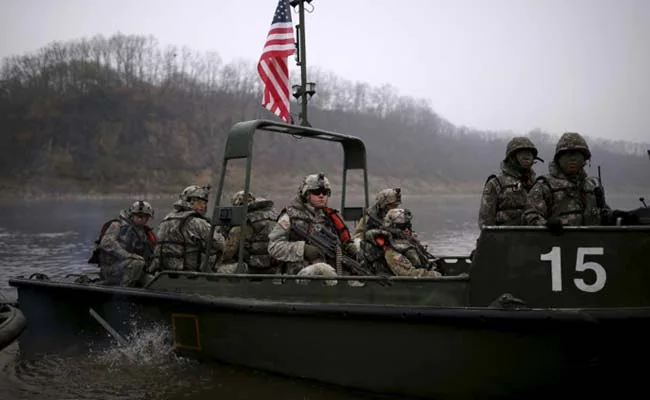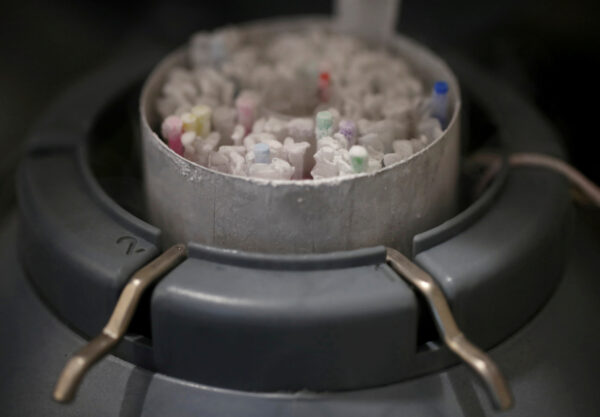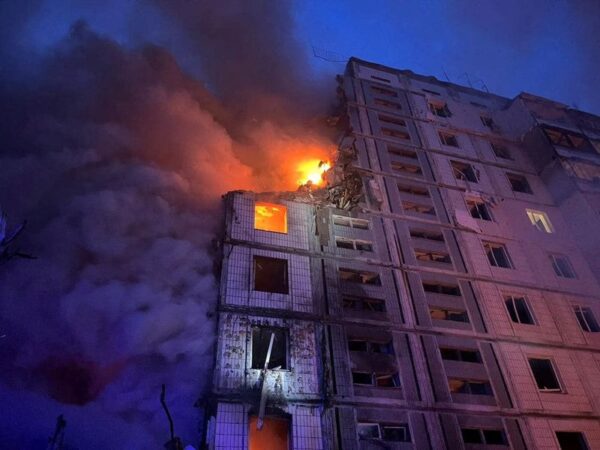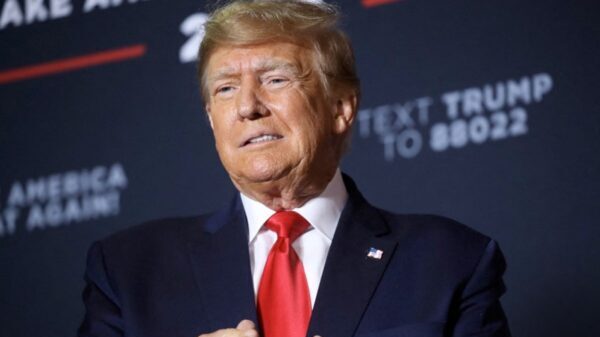
Washington: United States on Wednesday deployed several thousand troops to increase NATO forces in Eastern Europe, as a French and German leader marking a trip to Moscow to overcome Western fears on the invasion to Ukraine With Russia refused to withdraw 100,000 calm soldiers at the Ukrainian border, 1,000 US troops in Germany were being sent to Romania, and 2,000 placed in the United States flown to Germany and Poland.
“During (President Vladimir Putin) acts aggressive, we will ensure we convince our NATO allies in Eastern Europe that we are there,” President Joe Biden said after the spread was announced In response, Russian Foreign Minister Alexander Grushko said the move would make it more difficult to compromise between the two parties, called the US spread “destructive steps, which enhance military tensions and reduce the scope for political decisions.”
Western forces have been involved in intense diplomatic efforts – coupled with the threat of sanctions against the circle in Putin – to prevent what they fear to be a rising invasion in the Ukraine of the former Soviet, despite the heavy rejection of Moscow German Chancellor Olaf Scholz announced Wednesday that he would soon be traveling to Moscow to discuss the crisis, while France President Emmanuel Macron said a similar travel might be on the card – depending on the upcoming talks with other world leaders.
Biden and Macron promised to coordinate their responses to the crisis in a telephone call on Wednesday, while the French leader’s office said he would talk to Putin again on Thursday night No US troops in Ukraine In Washington, a spokesman for the Pentagon John Kirby stressed that the US forces movement was to show commitment to the NATO alliance, and that there were no American soldiers who would be sent to fight in Ukraine, who was not a NATO member.
But it was impossible to care for Putin, who accused the United States and NATO to look for “containing” Russia by placing strategic armies and arms on its borders “Ukraine himself is just a tool to achieve this goal,” Putin said Tuesday in his first big comment in a few weeks in the crisis Putin has demanded a guarantee that Ukraine would not join NATO, and implicitly threatened the former Soviet state with massive military buildup.
Russia also wants NATO and the United States to force the placement of a missile system near the Russian border and to withdraw NATO forces in Eastern Europe Putin had let the door open to speak, said he was studying the Western proposal set last month in responding to Russian demands, and that he hoped that “in the end we would find a solution But in a telephone call with British Prime Minister Boris Johnson on Wednesday, he noted “NATO’s reluctance to respond adequately with Russian worries who tried well,” Kremlin said The Kremlin also claimed to have Chinese support in the support of the deadlock that would be shown when Putin met with President XI Jinping in Beijing on Friday.
Diplomatic efforts.
Dutch Prime Minister Mark Rutte is the latest NATO leader to visit Kyiv Wednesday in a support for support, meeting with the Ukrainian President Volodymyr Zelensky After the conversation, Zelensky said Ukraine focused “only at peace,” but insisted on having the right to defend himself.
Rutte said it was “important for dialogue to continue” between Russia and other players Quoting a leaky document, Spanish newspaper El Pais reported that Western proposals to Russia – departed in letters by NATO and the United States last month – including weapons control and trust development steps to relieve the situation.
While the guarantee of Ukraine joined NATO not offered, these documents proposed commitments by the United States and Russia “to hold back to mobilize the missile system launched in the field and permanent forces with a battle mission in the Ukrainian region,” El Pais reported “We don’t make this document public,” Kirby said, without denying his authenticity.
He said it confirmed that “NATO and his partner was put together in their determination and was open to constructive and serious diplomacy Invasion ‘immediately’? In language changes, the White House said on Wednesday that it would no longer refer to the Russian invasion to Ukraine as “near” – explaining that the word implied Putin had made a decision to attack Press Secretary Jen PSAKI, the use of said last week criticized from Ukraine PSAKI said that he usually refers to Putin putting troops in the position where they “can attack anytime.”
Tension with the West is further exacerbated by the joint military training plan between Russia and the neighboring Belarus, where Washington claims Moscow is preparing to send 30,000 soldiers Video recording released by the Russian Ministry of Defense shows a tank that accelerates in the snowy field in Belarus and combat helicopters flying over the head when the unit from both countries practices ahead of 10-20 exercises NATO welcomed the spread of new US troops, with Secretary General Jens Stoltenberg said the alliance “would do whatever needed to protect and retain all allies.”







